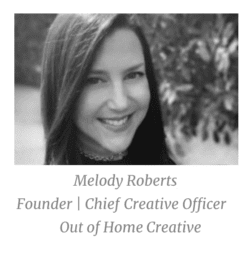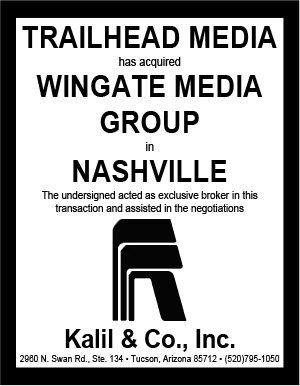An SVP of sales writes: “One of my biggest hurdles is explaining to clients that they need to keep their copy short on billboards and posters. We will have exhaustive conversations on why it is important. I teeter on the edge of hurting the relationship and my business but try to be firm when I see excessive copy. Would love to say I win these conversations but often the customer is stubborn and references how they have done it before successfully. Have you found an effective way to push back, educate and win the excessive copy battle?”
 Keep those conversations going. It’s encouraging to hear you’re trying to help advertisers get the most out of OOH advertising. Since companies handle the creative process differently and advertisers’ needs are individualized, it’s more than a one-size-fits-all solution. Hopefully, some of these tips will help!
Keep those conversations going. It’s encouraging to hear you’re trying to help advertisers get the most out of OOH advertising. Since companies handle the creative process differently and advertisers’ needs are individualized, it’s more than a one-size-fits-all solution. Hopefully, some of these tips will help!
The excessive copy battle:
Start with a discovery call to learn about each other’s industries and exchange ideas openly. Advising clients to refrain from elements they are accustomed to requires sharing our knowledge of how to utilize OOH effectively. This allows us to engage in healthy discussions with clients, gain their trust, and create conceptual ideas based on information.
Advertisers usually grant creative freedom and trust you when they see successful advertising you’ve worked on, so back up your advice with visuals.
Turning push back into education:
Most clients are more receptive when they see what we explain. We can explain why leaving “X” off is better than leaving it on but demonstrating how to maximize our medium yields better results. If you can provide a proof with everything they requested, then show an updated recommendation and a third conceptual option, clients often choose conceptual ideas over excessive copy.
If you do not have an in-house designer or a creative library, look online and share examples, regardless of whether they are in the same business category. This can help clarify why you’re recommending less of “X.”
Ask clients to put themselves in the driver’s seat and tell you how they want their advertisement to impact them. The discussion now turns to what should be mandatory, giving you leverage to eliminate unnecessary information.
Show examples:
Colwell Law, a first-time OOH advertiser, contacted me to redesign their campaign because they felt the creative generated by the OOH company did not reflect the style or tone they envisioned. Seeing what they were trying to accomplish, I felt if I showed them by using less copy, more effective imagery and contrast, and no logo, the result would be more impactful and convey the same message.

If the artwork doesn’t work for outdoor advertising, don’t hesitate to recommend a different approach; otherwise, it may result in ineffective concepts. Keep the questions coming! Email me melody@outofhomecreative.com or Dave davewestburg@billboardinsider.com
To receive a free morning newsletter with each day’s Billboard insider articles email info@billboardinsider.com with the word “Subscribe” in the title. Our newsletter is free and we don’t sell our subscriber list.
Paid Advertisement


















Can I copy this information and use it on our website ?
A continuous and big problem with billboard creative